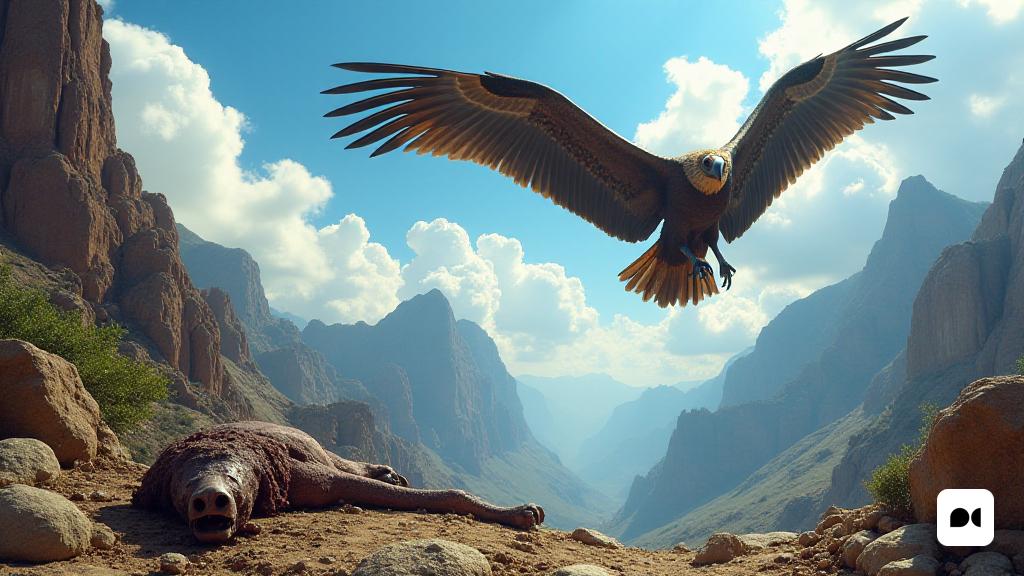The biodiversity crisis and the role of vultures
More than 32,000 species of flora and fauna are on the edge of extinction, an alarming fact that often goes unnoticed. Among them, more than 5,000 animal species face an uncertain future. This raises the question: what will be the fate of the species we consider common, like the common vulture, in a constantly changing world?
Features of the common vulture
With a brown plumage that distinguishes him, the common vulture is more stylized than his black relative. His long neck and small feathers allow him to access the meats and viscera of dead animals, making him a predator specialized in carrion. In flight, its winding wings contrast with the straight lines of the black vulture, a feature that makes it unmistakable.
Natural environment and habitat
The common vulture can be found in a variety of habitats, as long as it has access to a proper feeding source. Together with other species such as the aufrany and the vulture, it is a vital part of the Catalan ecosystem, acting as a cleanser of nature through its exclusive diet of animal corpses.
Its ecological importance
The health function of the vulture cannot be underestimated. These birds help prevent the spread of diseases that could arise from the corpses, maintaining the ecological balance and contributing to the health of ecosystems.
History and distribution
At the beginning of the 20th century, the common vulture was abundant throughout the Iberian Peninsula. However, the use of poisons and the modernization of agriculture led to a drastic decrease in its population, leaving the species to the limit of extinction.
Recovery and increase in population
In Catalonia, the species has experienced a significant recovery. The figures speak for themselves: from only 40 pairs in the late 70’s, 1,628 couples have been reached in 2018, with an expansion of their distribution area that has re -covered much of the regions they occupied before their drastic fall.
Looking to the future
The survival of the common vulture is a reflection of the well -being of our ecosystems. Its recovery shows that with proper protection and environmental awareness, it is possible to reverse the damage caused by human activity. However, the question persists: How can we assure that not only vultures, but many other species, prevent the disappearance in an increasingly threatened world?

